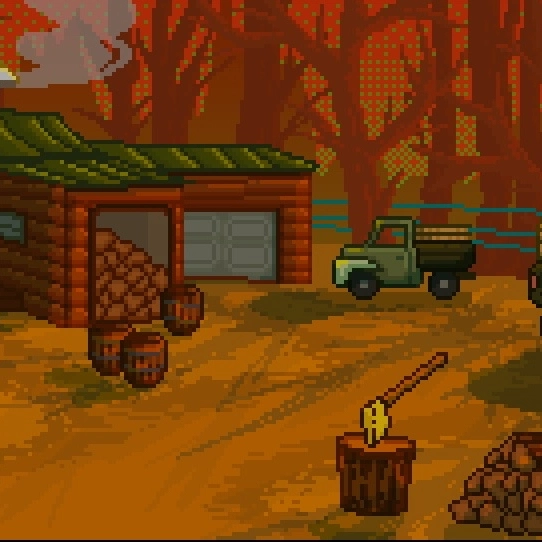
year: 2025
director: John Doe
producer: Karen Doe
artists: John Doe, Karen Doe
Cube Lad: Development Journey
One cube's adventure into the unknown.
Concept & Vision
The development of Cube Lad began with a simple yet compelling premise: what if the most basic geometric shape could become the hero of an epic adventure? The team envisioned a minimalist protagonist whose cubic simplicity would contrast beautifully with increasingly complex and mysterious worlds. The "unknown" in the logline wasn't just about unexplored territories—it represented the creative challenge of making a cube emotionally engaging and mechanically versatile.
Design Philosophy
The core design philosophy centered around "elegant simplicity meets infinite possibility." Every system was built to honor the cube's geometric purity while gradually revealing hidden depths. The development team established three pillars: intuitive movement mechanics that felt natural despite the protagonist's rigid form, environmental storytelling that would unfold the mystery of each new realm, and a progression system that would make players genuinely care about their cubic companion's journey.
Technical Challenges
Creating compelling movement for a cube presented unique technical hurdles. The team experimented extensively with rotation-based locomotion, eventually developing a physics system that made rolling, sliding, and tumbling feel both realistic and responsive. Environmental interaction required careful consideration—how does a cube open doors, activate switches, or communicate with other characters? These constraints sparked creative solutions that became the game's signature mechanics.
Art Direction Evolution
The visual style evolved from stark minimalism to "geometric poetry." Early prototypes featured pure white cubes against black voids, but the team gradually introduced subtle textures, atmospheric lighting, and environmental details that complemented rather than overshadowed the protagonist's simplicity. Each new world introduced distinct color palettes and architectural themes while maintaining visual cohesion.
Iterative Refinement
Extensive playtesting revealed that players naturally anthropomorphized the cube, projecting emotions and personality onto its movements. The team embraced this phenomenon, refining animations and sound design to enhance the cube's expressiveness. Small details—like a slight pause before a dangerous jump or a gentle wobble after landing—transformed mechanical actions into emotional moments.
Narrative Integration
The "adventure into the unknown" unfolded through environmental storytelling and gradual world-building. Rather than explicit dialogue or cutscenes, the cube's journey revealed its story through discovered artifacts, architectural clues, and the evolving complexity of each realm. This approach maintained the game's minimalist aesthetic while delivering a surprisingly rich narrative experience.
The development process ultimately became its own adventure into the unknown—discovering how much personality, emotion, and engagement could emerge from the simplest possible protagonist navigating increasingly wondrous worlds.